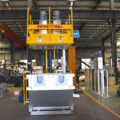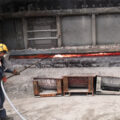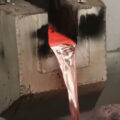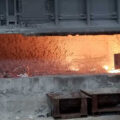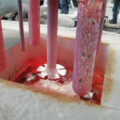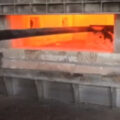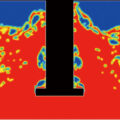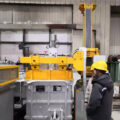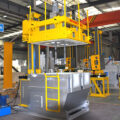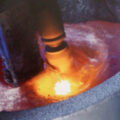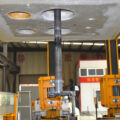Aluminium Degassing Device is based on the movement of dissolved hydrogen from a high concentration region (in the melt) to a low concentration region (in the inert gas). Hydrogen is dispersed in the molten metal, just as it would be released in any confined space. It will maintain a constant concentration throughout the melt. Hydrogen migrates in liquid metals almost as fast as it migrates in the air. Therefore, there is no need for every ounce of metal to come into contact with the inert gas. The efficiency of aluminum degassing is determined by two factors, the rate of transmission at the metal/gas interface and the total surface area available for transmission.
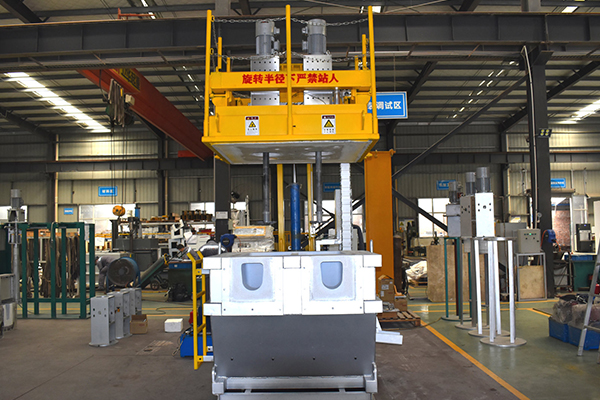
Conventional hydrogen degassing systems use metal bubbling specialty gases (chlorine, Freon, or SF6) to accelerate hydrogen gas through the metal gas interface into large bubbles. On wet days, there are practical limits to hydrogen removal, as large bubbles damage the surface, thereby increasing the metal’s surface area and then absorbing more hydrogen from the moist atmosphere.
Chlorine was initially the gas of choice, but because of its danger, most foundries switched to other gases. However, many foundries do not take into account the harmful substances released by the decomposition of any of the special gases used.
Aluminium Degassing Device works by increasing the surface area of the inserted gas exposed to the metal. The larger surface area increases the rate of transfer from the metal to the inert gas. For a given volume of gas, the smaller the bubble size, the larger the surface area. For example, a 1-inch diameter bubble has a surface area of 6 square inches. If the same bubble is divided into 1/16 inch diameter bubbles, the surface area increases to 96 square inches. In other words, if you use the same volume of gas and reduce the diameter of the bubble to 1/16 of its original diameter, the total surface area increases by 16 times. Smaller bubbles interfere less with the surface of the melt and reduce the additional absorption of hydrogen from the moist atmosphere.


